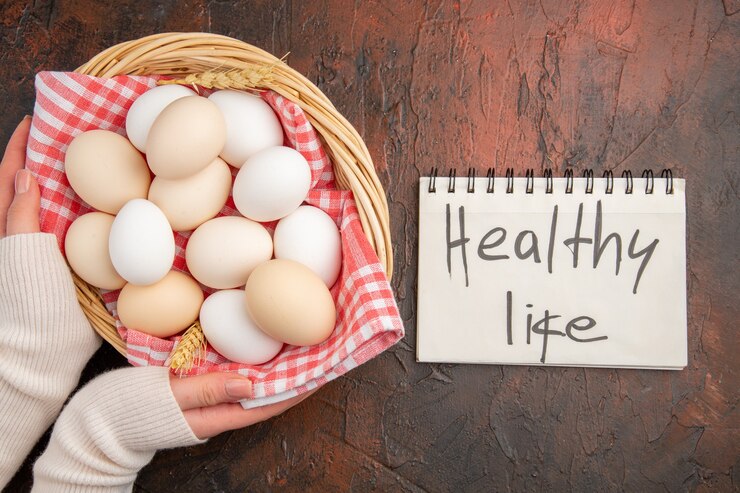Christmas meals are one of the best ways to celebrate the holiday, with each country putting its unique spin on traditional dishes. These meals, whether hearty or sweet, reflect the diverse cultures and customs that make Christmas so special. While most people are familiar with the classic turkey dinner or ham on the Christmas table, there are plenty of traditional Christmas meals around the world that may surprise you. Let’s dive into the world of Christmas food and discover some lesser-known festive meals that have a special place in global holiday traditions.
The History Behind Christmas Meals
The tradition of Christmas feasts dates back centuries, with different countries and regions celebrating with their unique flavors and foods. For many, traditional Christmas meals were shaped by religious customs, agricultural practices, and the availability of local ingredients. The dishes were often influenced by local climate and geography, as well as trade routes that brought spices and exotic flavors to various parts of the world.
In many cultures, Christmas meals symbolize abundance, family togetherness, and the spirit of giving. Over time, migration and globalization introduced new ingredients and culinary techniques that blended with old traditions, creating the rich tapestry of traditional Christmas meals we see today.
Lesser-Known Traditional Christmas Meals from Around the World
Japan: KFC Christmas Feast
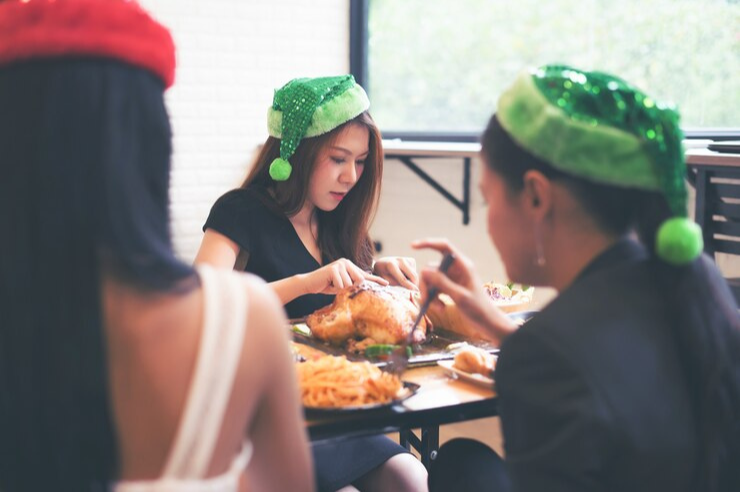
In Japan, Christmas is not complete without a bucket of fried chicken from KFC! This modern holiday tradition started in the 1970s when KFC Japan marketed their fried chicken as a Christmas feast. The idea was so successful that it became an annual custom, and today, people across Japan order KFC meals to celebrate Christmas. Although not a traditional Christmas meal in the classic sense, it has become a festive symbol in Japan.
Iceland: Hangikjöt
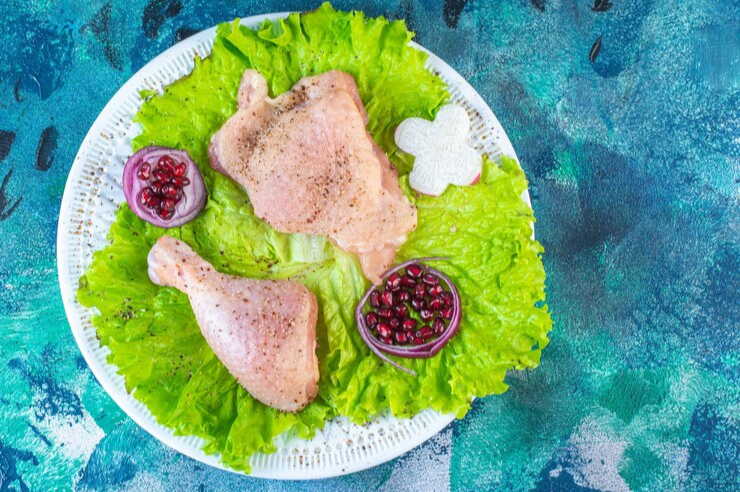
In Iceland, Christmas meals are centered around Hangikjöt, a traditional smoked lamb dish. This delicacy is often served with potatoes, peas, and a rich white sauce. For many Icelandic families, Hangikjöt is a dish that signals the beginning of the Christmas season and is enjoyed throughout the holidays. It’s a hearty, comforting meal that is a staple of the traditional Christmas meals in Icelandic homes.
Poland: Wigilia Feast
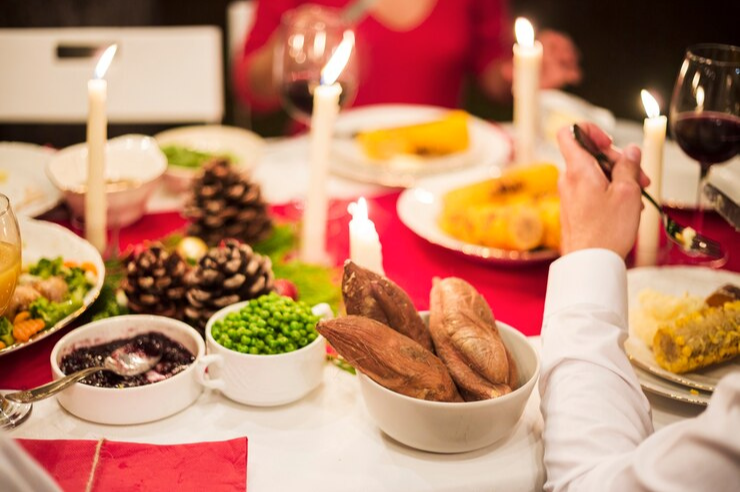
Poland’s traditional Christmas meals are part of a beautiful 12-course dinner held on Christmas Eve, known as Wigilia. The meal includes a variety of dishes, such as borscht, pierogi, carp, and mushroom soup. Each dish has symbolic meaning, and the number 12 represents the 12 Apostles. Families often refrain from eating meat on Christmas Eve, which is why fish such as carp is so important in Polish Christmas meals. Wigilia is a true reflection of Polish Christmas traditions and is a beloved traditional Christmas meal.
México: Bacalao a la Vizcaína
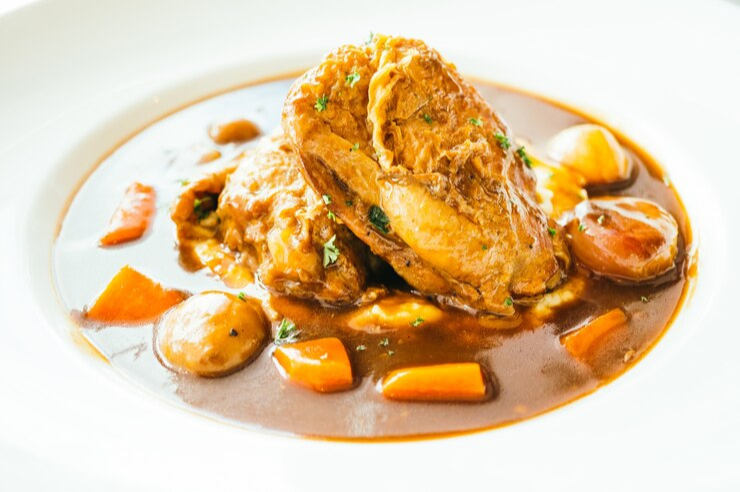
In Mexico, Bacalao a la Vizcaína, a dish made with salted cod, tomatoes, olives, and spices, is a traditional Christmas meal served on Christmas Eve. This flavorful dish is often accompanied by other sides such as romeritos (a leafy green vegetable) and ponche (a hot fruit punch). The fusion of indigenous ingredients and Spanish influences creates a distinctive traditional Christmas meal that has become a Mexican Christmas classic.
How Ingredients Shape the Tradition
The ingredients that make up traditional Christmas meals often reflect the agricultural products that are locally available during the winter months. In colder regions, where fresh produce is scarce, meats such as turkey, lamb, and salted fish are often the centerpiece of Christmas meals. In contrast, in tropical countries, fruits, vegetables, and spices feature prominently in holiday dishes.
In countries like Poland and Iceland, root vegetables like potatoes and carrots are common in traditional Christmas meals, while spices like cinnamon, cloves, and nutmeg are essential in Christmas baking worldwide. These ingredients are often linked to the symbolism of Christmas—spices represent the gifts brought to the baby Jesus, while meat symbolizes the abundance and warmth of the holiday season.
The Role of Family and Rituals in Christmas Meals
For many people, traditional Christmas meals are more than just food—they are a time for family, tradition, and ritual. In countries like Italy, where La Vigilia (the Feast of the Seven Fishes) is celebrated, families gather to share a meal that’s steeped in religious and cultural significance. The meal, which often includes a variety of fish and shellfish, is a way to honor both the holiday and the family bond.
In Poland, the tradition of breaking opłatek (Christmas wafer) before the meal symbolizes unity and love, and the traditional Christmas meal of Wigilia is a time for reflection and gratitude. Similarly, in Mexico, families come together to prepare and enjoy the various dishes that are an integral part of the Christmas celebration.
These rituals not only preserve cultural traditions but also make traditional Christmas meals an emotional and memorable experience.
How These Meals Reflect the Culture
Each of the traditional Christmas meals from around the world tells a story of culture, geography, and history. For example, the Icelandic Hangikjöt reflects the country’s reliance on preserved meats due to its cold climate, while Japan’s KFC Christmas dinner is a nod to the country’s embrace of modernity and Western influence. The Wigilia meal in Poland reflects the country’s Catholic heritage and the importance of family and unity during the holidays.
Food is often a reflection of a country’s history, and Christmas meals serve as a tangible connection to a nation’s past. By exploring traditional Christmas meals, we gain insight into the values, customs, and traditions that define each culture’s holiday celebrations.
How to Bring These Unique Christmas Meals to Your Table
Want to add some international flair to your holiday celebrations? Incorporating these traditional Christmas meals into your holiday table is easier than you might think. Try making a batch of Bacalao a la Vizcaína or serving pierogi as an appetizer. For those who love seafood, why not host your own Feast of the Seven Fishes and serve a variety of fish dishes on Christmas Eve? If you’re in the mood for something sweet, you can’t go wrong with a Japanese-inspired Christmas dinner featuring KFC or baking Icelandic rye bread for dessert.
By adapting these dishes to your kitchen and family traditions, you can make your holiday celebrations even more meaningful and create new memories with your loved ones while embracing traditional Christmas meals from around the world.
Conclusion
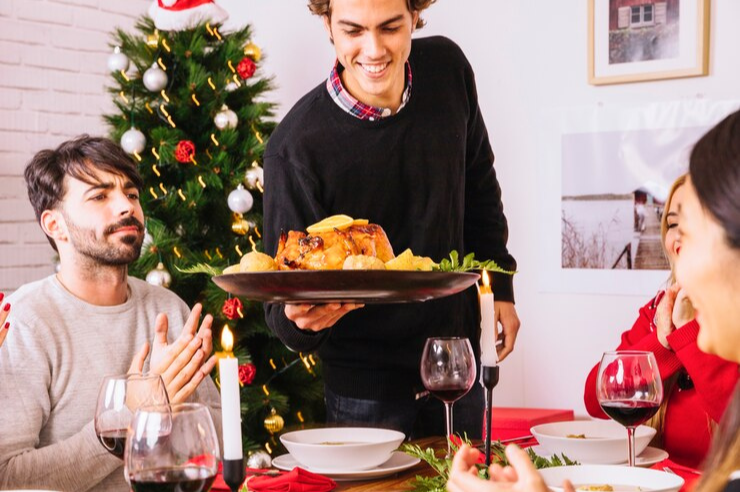
From Japan’s KFC dinner to Poland’s Wigilia feast, traditional Christmas meals are a beautiful reminder of how food brings people together, no matter where they are from. By exploring these unique dishes, we not only experience new flavors but also learn about different cultures and the history behind their holiday traditions. This Christmas, why not step outside the familiar and add a new dish to your table—after all, the world is full of delicious, festive surprises just waiting to be discovered.
Feel free to contact us to find out more about us and our services, explore who we are, or discuss advertising opportunities. Don’t overlook subscribing to our magazine for monthly updates, exclusive insights, and more exciting content!


